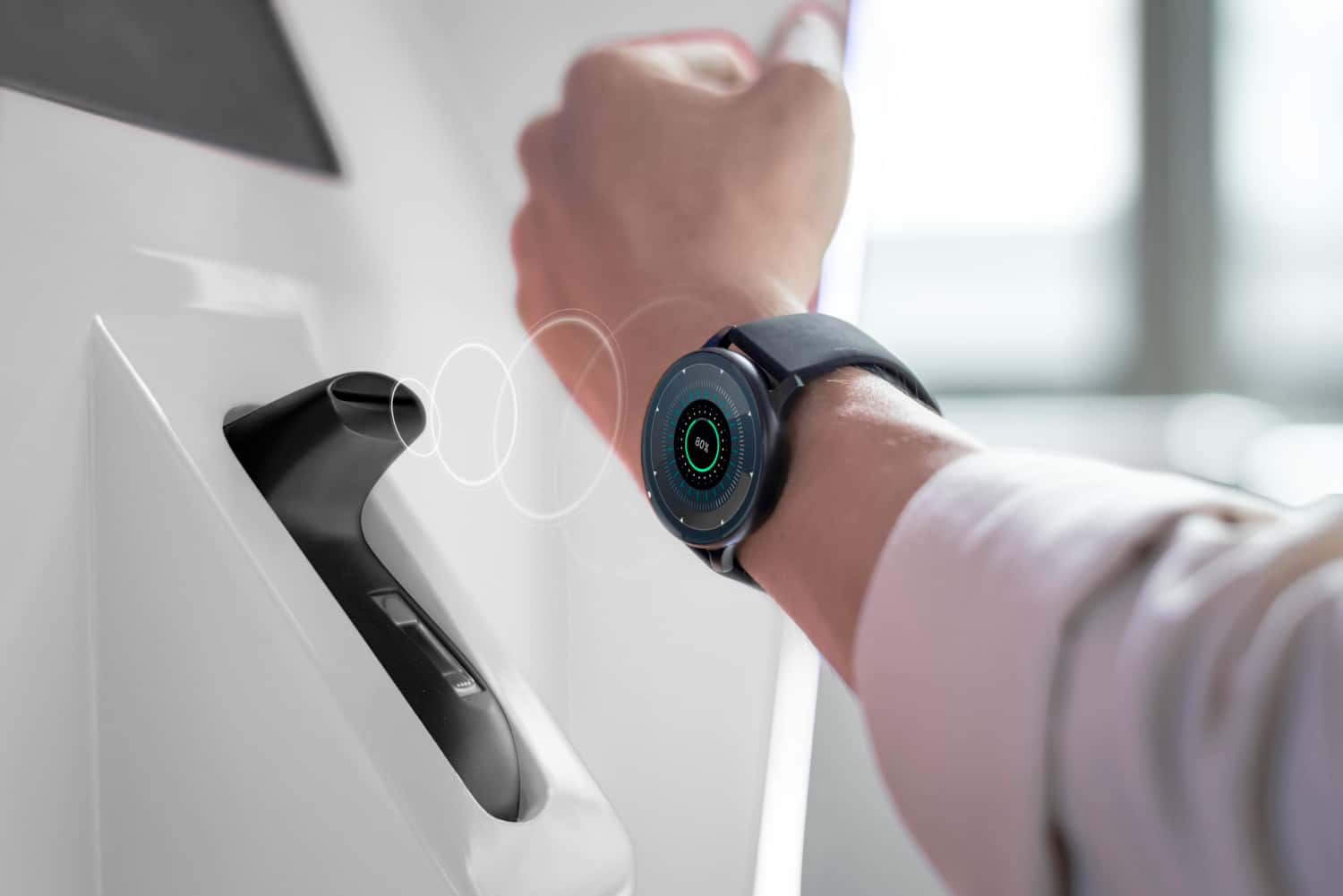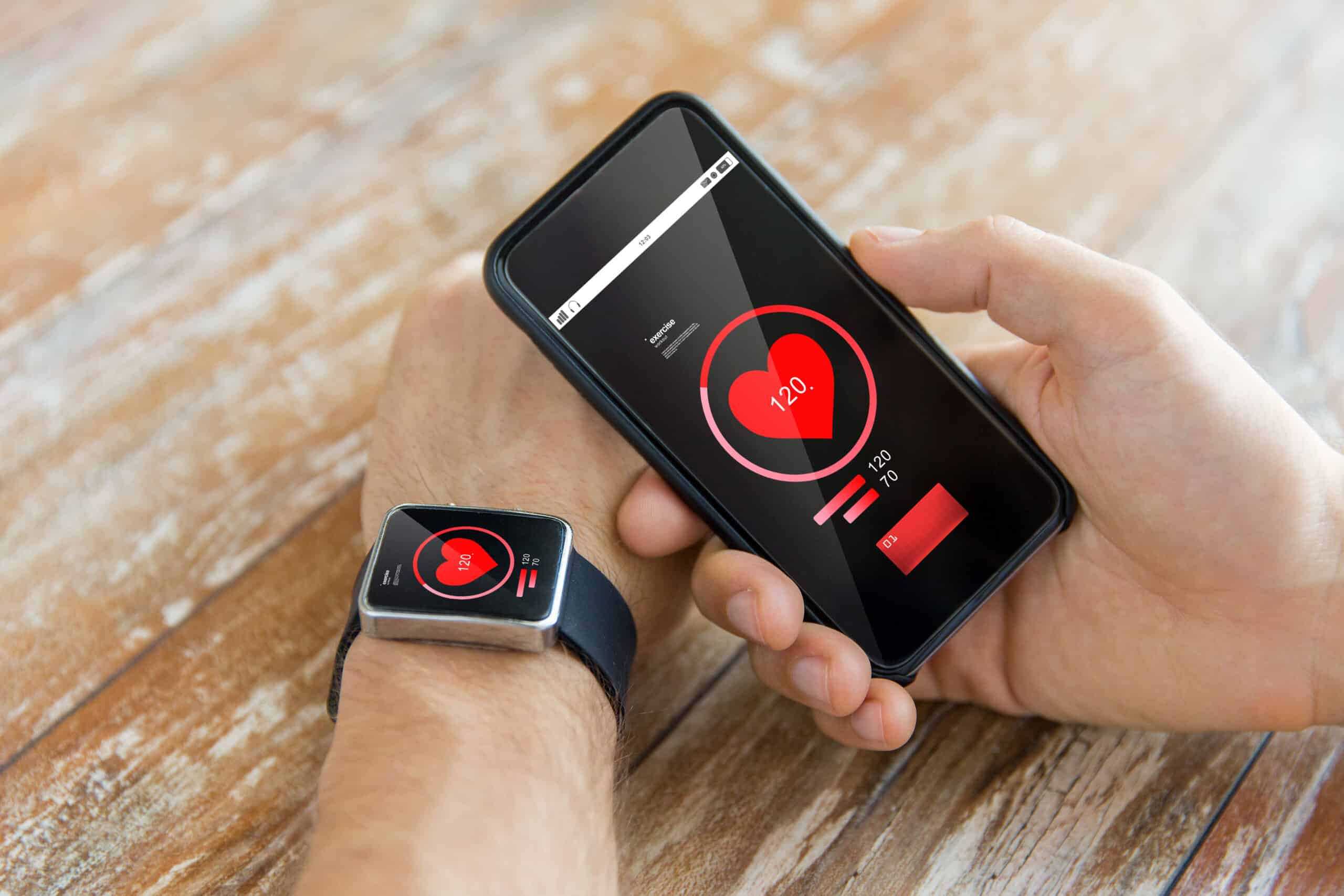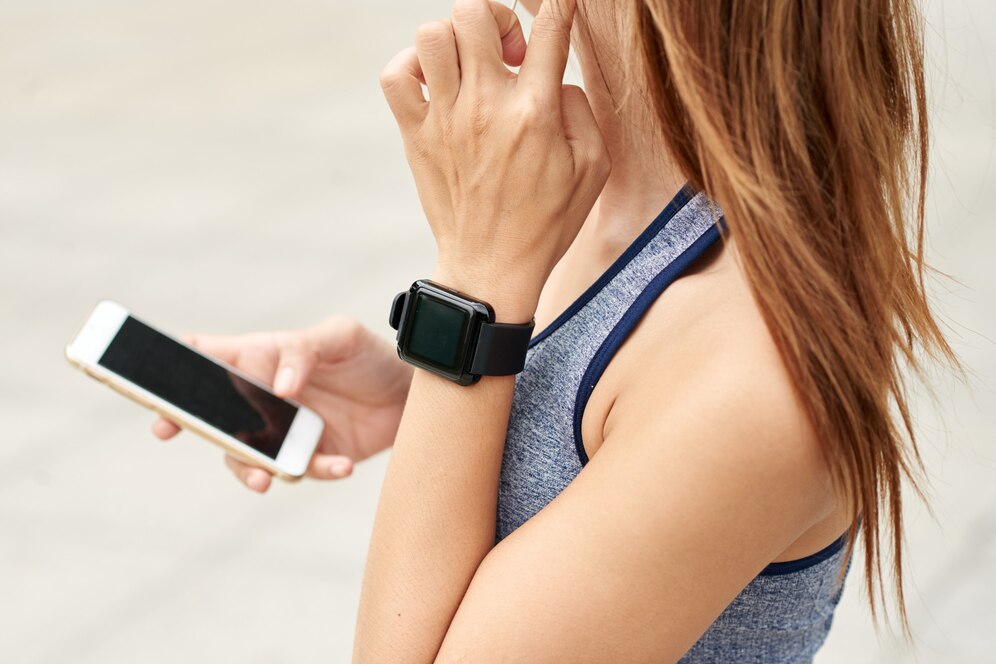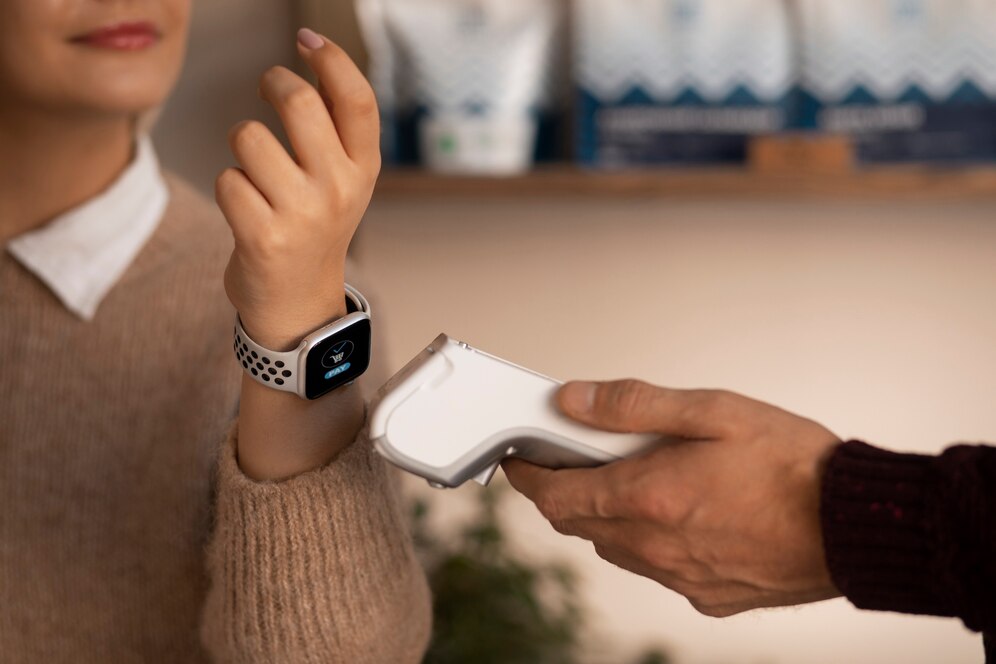
The Future of Biometric Wearables: What’s Next?
In recent years, wearable tech has come a long way, especially regarding biometric wearables. Such devices — from bright rings to advanced health monitors — have become critical tools for navigating our health. The future of biometric wearables is promising with many exciting innovations on the horizon as technology continues to evolve. In this blog, we’ll look at the future of these devices and the ways they will transform the way we monitor and manage our health.
Biometric wearables are already playing a role in shaping healthcare, allowing consumers to understand their health in real time. But there is more to their potential than what they can currently do. Biometric wearables will become more intelligent, more accurate, and more efficiently connected with new health metrics on the way.
Key Benefits / Why It Matters

Biometric wearables are changing how people think about health and fitness. They give constant, real-time data that helps users make smart choices about their well-being. But why is this important, and what are the main benefits of using this technology?
Enhanced Health Awareness
One significant benefit of biometric wearables is the increased awareness of health. Bright rings and similar devices provide data on vital signs like heart rate, sleep patterns, and activity levels. This information helps users spot trends and adjust their habits to improve overall health.
Proactive Health Management
These devices also support proactive health management by alerting users to possible health issues early. For example, advanced health monitors can detect irregular heartbeats or changes in blood oxygen levels, encouraging users to seek medical help when needed. This approach can lead to early diagnosis and better health outcomes.
Personalised Health Insights
The future of biometric wearables will offer even more personalised insights. As technology improves, these devices will give tailored recommendations based on individual health data. This personal touch will help users take charge of their health and make changes suited to their needs.
Integration with Healthcare Systems
The evolution of biometric wearables will lead to smoother integration with healthcare systems. This will allow healthcare professionals to access real-time patient data, leading to better diagnoses and personalised treatment plans. Ultimately, this will improve the quality of care and patient outcomes.
Step-by-Step Guide / Actionable Insights

As biometric wearables develop, several key trends are emerging. This section offers a guide to understanding these changes and their impact on wearable tech.
Improved Sensor Technology
The next generation of biometric wearables will have better sensors. This means more accurate and thorough data collection. Devices will monitor more health metrics, including blood glucose and hydration levels. This improved data will give users a clearer picture of their health.
Advanced Algorithms and AI Integration
Artificial intelligence (AI) will play a significant role in future biometric wearables. Advanced algorithms will help these devices analyse complex health data and offer actionable insights. For instance, AI wearables could predict health risks based on past data and suggest preventative measures.
Greater Connectivity and Interoperability
Future biometric wearables will connect better with other devices and platforms. This will let users merge their health data with smartphones and home assistants. Better connectivity will create a smoother user experience and a complete view of their health.
Wearable Design Innovations
Biometric wearables will also see design improvements, focusing on comfort, style, and functionality. Bright rings, for example, will be more discreet and stylish, appealing to more users. These design changes will encourage more people to adopt wearable technology.
Expanded Health Monitoring Capabilities
As technology advances, biometric wearables will track a broader range of health indicators. Along with traditional metrics like heart rate and activity levels, future devices will monitor mental health and stress levels. This comprehensive approach will help users understand their overall well-being better.
Additional Expert Tips & Common Mistakes to Avoid
With any tech, there are best practices and pitfalls to consider when using biometric wearables. This section gives tips to maximise the benefits and highlights common mistakes to avoid.
Best Practices
- Regularly Update Device Software: Keep your wearable’s software current to access new features and security updates.
- Calibrate Sensors Correctly: Accurate data collection depends on proper sensor calibration. Follow the manufacturer’s guidelines for setup.
- Review Data Consistently: Check your health data often to spot trends and make informed health choices.
Common Mistakes to Avoid
- Overreliance on Technology: While biometric wearables are helpful, they can’t replace professional medical advice. Always consult a healthcare provider for serious concerns.
- Ignoring Data Anomalies: Don’t overlook unusual health metrics from your device. Investigate and seek medical advice if needed.
- Neglecting Device Maintenance: Clean and maintain your wearable regularly to ensure its accuracy and longevity.
Advanced Insights / Expert Recommendations
To get the most from biometric wearables, stay informed about new trends and technologies. This section offers insights and recommendations for those wanting to stay ahead.
Embrace Continuous Learning
Wearable technology is changing quickly. Stay updated by following industry news, attending conferences, and joining online forums. Continuous learning will keep you aware of the latest trends.
Explore Emerging Technologies
Watch for new technologies that could influence biometric wearables. Innovations in flexible electronics and nanotechnology may lead to improved designs and features. Exploring these fields will provide insights into the industry’s future.
Collaborate with Healthcare Professionals
Working with healthcare professionals can enhance the effectiveness of biometric wearables. Sharing data with medical experts can lead to personalised recommendations and better health management.
Biometric Wearables: Poised for Brilliant Future

Biometric wearables are poised for a bright future, with innovative sensor technology, AI, and design making a difference. These developments will provide users with more accurate and tailored health insights, empowering them to manage their well-being effectively.
Going forward, you must come to grips with these technologies and keep your fingers on the pulse of new trends. With this, we can benefit from biometric wearables and improve our health and quality of life.
To sum up, the future of biometric-based wearables could revolutionise personal health monitoring and management. As this technology advances, these devices will be integrated into our lives and critical in enhancing physical and mental wellness. Join the biometric wearables revolution and transform your health for the better!


